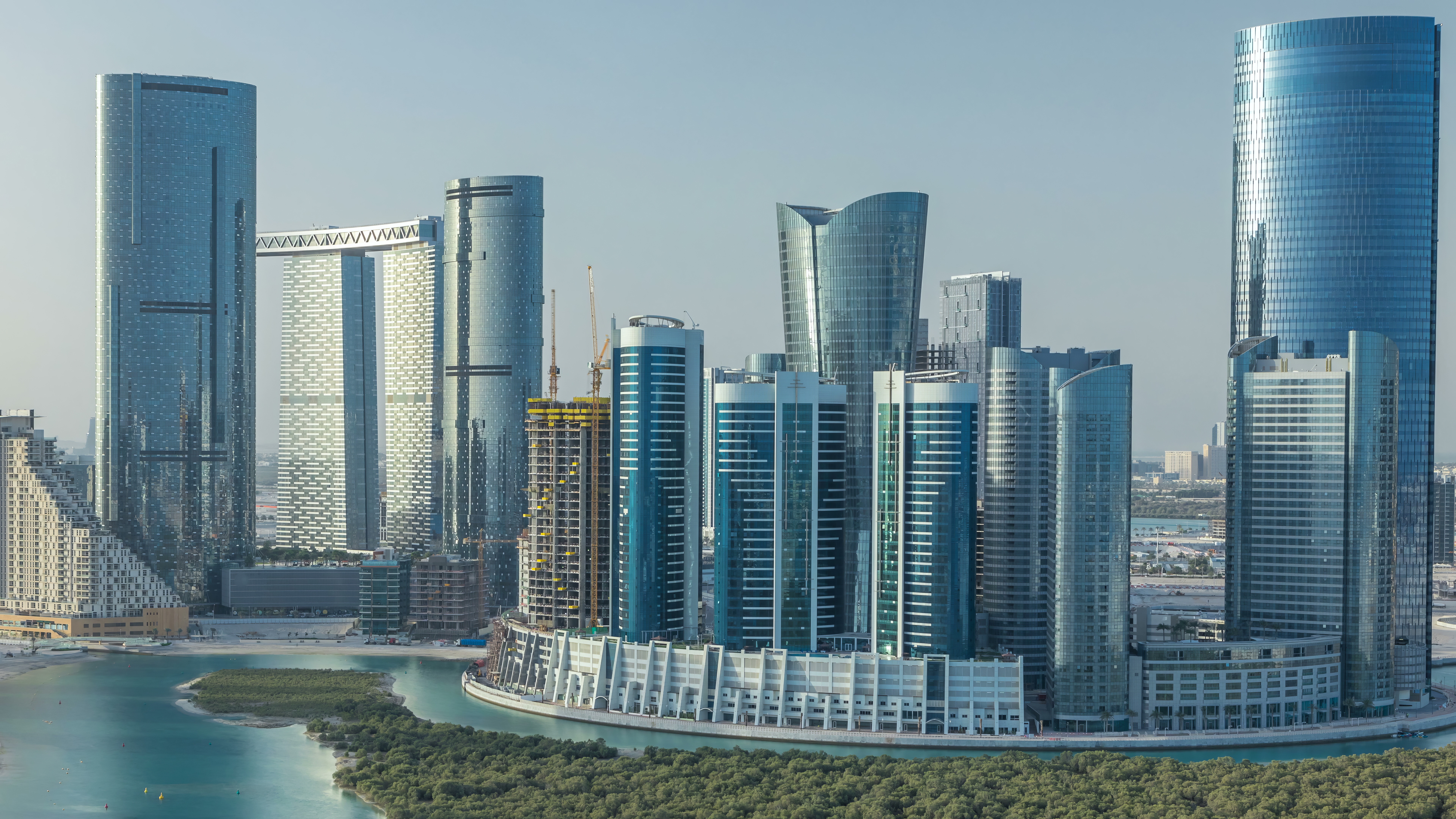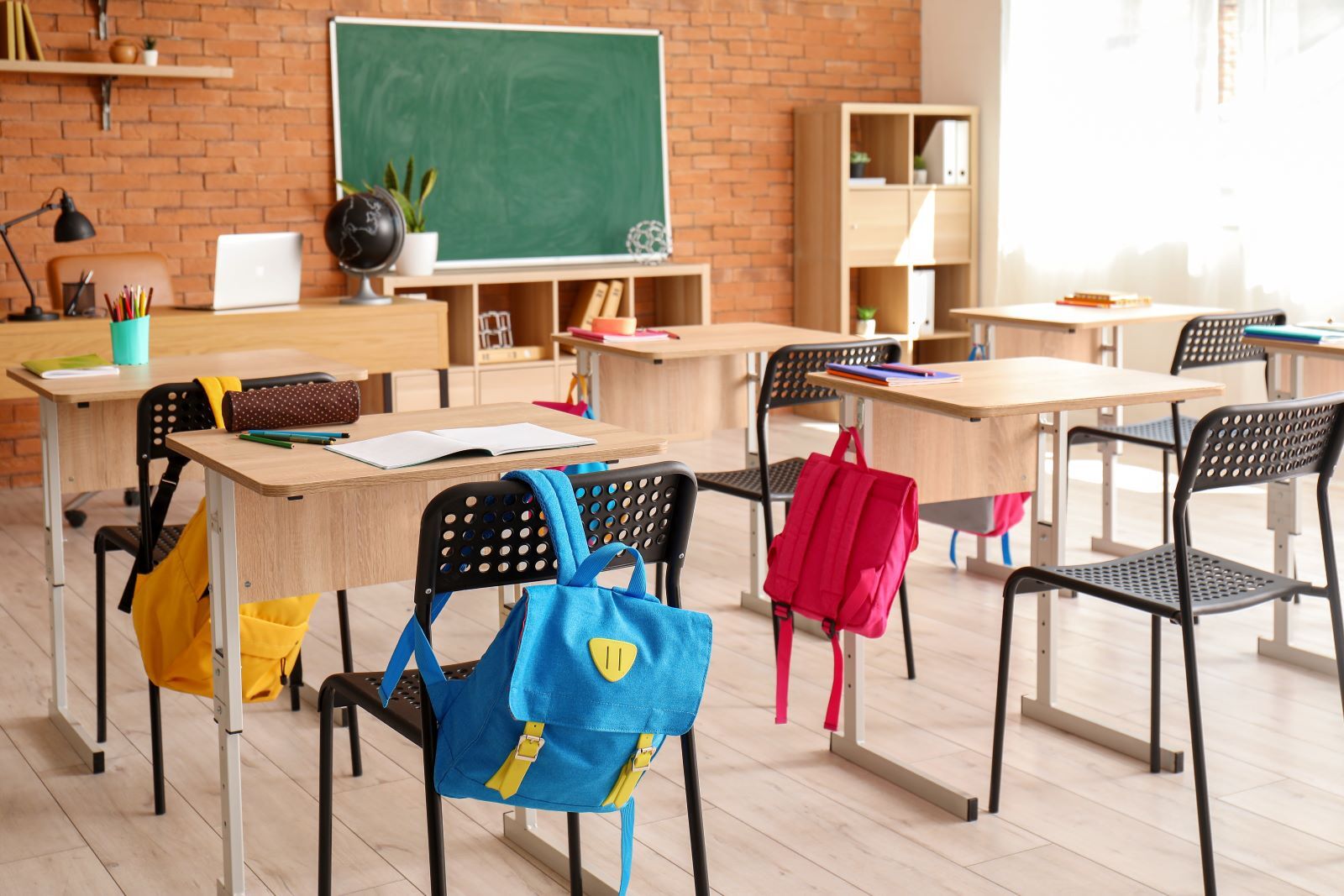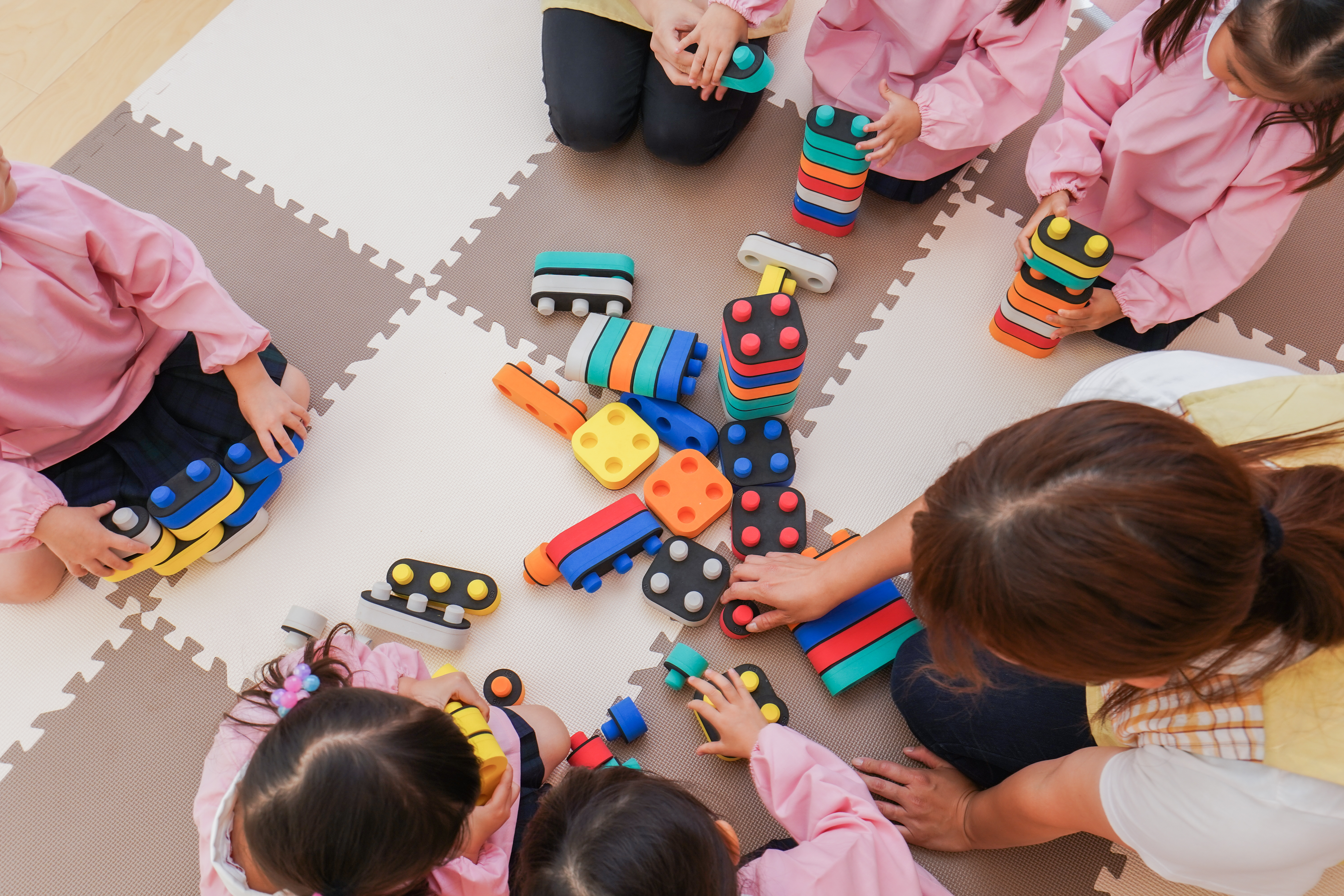Al Sadu: The UAE’s Most Distinguished Cultural Treasure
The United Arab Emirates is a country that takes great pride in local traditions. The nation is a home to the Bedouin people, a nomadic tribe who, for centuries, roamed the Arabian Peninsula, developing the traditions that today’s contemporary society holds so valuable. Among them was the highly prized traditional weaving skill known as Al Sadu – a form of geometric embroidery specific to the region. Read on to learn more about Al Sadu, one of the UAE’s most significant cultural traditions, recognised by UNESCO for its importance.

Al Sadu Weaving: A Brief History
Had you happened to have been born on the Arabian Peninsula any time before around 1930, the chances are you would have been part of a nomadic tribe, shifting from one place to another in search of trade, water and grazing lands. A big part of life, especially for women, would have been Al Sadu weaving, a traditional form of weaving used to create a wide range of products such as tents, majlis floor pillows, carpets and mats. As such, the practice was essential for the survival of the nomadic way of life.
Bedouin males would shear their goats, sheep and camels, and the women would then clean the wool, in preparation for weaving. A traditional device known as a drop spindle was then used to spin the yarn, before dying and weaving using a floor loom would take place. The women would then create intricate patterns in the form of narrow bands of geometric shapes, resulting in some truly exquisite designs.
Al Sadu weaving wasn’t (and still isn’t) solely for weaving; it was used as a social gathering, a way for the community to get together and discuss tribal issues and family news, or sometimes just for fun by singing together. These gatherings were key to the transmission of Al Sadu weaving to the next generation; young female members of the tribe would watch intently to learn the tricks of the trade, gradually being given more responsibility as they established their competence, moving from simple tasks like spinning to more complex ones like pattern making.
Unfortunately, the rapid economic growth of the UAE has been something of a double-edged sword. While the country is now benefiting from the unprecedented wealth that accompanied the advent of oil in the country, traditional practices like Al Sadu weaving have sadly fallen by the wayside somewhat, as Bedouin communities have become more urbanised. Nowadays, Al Sadu practitioners are mostly made up of older women, a demographic that is regretfully declining.
Patterns With Their Own Distinct Prose
Al Sadu weaving wasn’t just a random way for each individual weaver to express themselves; it was much more than that. At first glance, it may seem as though these arrangements were nothing more than pretty decorations, but the patterns found in the geometric shapes of Al Sadu were, most of the time, directly inspired by both the surrounding desert and the deep communal societies in which the Bedouin lived.
Some have even suggested that beneath the motifs and designs, a sort of visual language exists, passed down through the art of Al Sadu across the generations. Triangular shapes are thought to echo the peaks of the dunes the Bedouin called home, while the zigzag structures which course through the weavings are deemed to be inspired by the waves in the shifting sands. Diamonds and chains are a little more visceral, and were seen as a way to honour unity and continuity; a way to highlight the strength of tribal bonds. There were also clear references to the environment the tribe inhabited, with motifs such as falcons, camels and other desert fauna, as well as distinct desert flora serving as direct celebrations of the surrounding ecology.
For the discerning collector, Al Sadu now functions as a sophisticated symbol of exclusivity, at the complete opposite end of the spectrum to mass-produced textiles. Each piece tells its own story: a link to the past and an expression of tribal identity and heritage. Owning a traditional Al Sadu piece is something adjacent to owning a small slice of Emirati history itself.
A UNESCO Preserved Cultural Treasure
Given the extreme cultural significance of Al Sadu weaving, the practice was, in 2011, recognised on UNESCO’s List of Intangible Cultural Heritage in Need of Urgent Safeguarding. As such, Al Sadu became, almost overnight, firmly acknowledged by those outside the Bedouin and Arabian cultures as a rare and invaluable emblem of living heritage, celebrated for both its artistry and its deep cultural resonance.
Of course, unlike tangible modern cultural behemoths such as the Burj Khalifa, Al Sadu relies solely on the knowledge and skills of the master weaver; once the last generation has gone, the techniques fade with them. UNESCO’s recognition has, at least in some small part, gone some way to ensuring this tradition lives on. This acknowledgement goes beyond simple craft; it speaks to the human legacy of the art form and highlights just how fragile this incredibly rare skillset is to the cultural fabric of the UAE.
In today’s world of excess, exclusivity often equates to rarity. Soon enough, there will be nothing rarer than an authentic Al Sadu weaving. By engaging with this heritage, whether by commissioning a bespoke piece or supporting artisan initiatives, the UHNW community can help to preserve a tradition that the world’s foremost voice on culture, UNESCO, has deemed too valuable to lose.
The Role of Al Sadu in Contemporary Society
Despite the unfortunate truth that Al Sadu might be a dying art, the impact it has had on the region is immense. No longer are these intricate patterns confined to the walls of desert tents or majlis pillows; they are now seen everywhere in Arab culture. These beautiful patterns have been used to inspire interior decor at some of the region’s most upscale hotels, while curated art collections are known to house Al Sadu pieces. House of Artisans – a cultural association in Abu Dhabi – even showcased the practice at the Expo 2020 exhibition in Dubai.
Modern designers are increasingly turning to Al Sadu to create traditionally inspired pieces blended with modern aesthetics. While this is a salute to heritage, the artisans are not actually practising the skill itself; they are designing pieces to echo Al Sadu pieces of a bygone age. Private workshops and artisan studios, however, have been established to enable these skilled craftsmen to share some of their knowledge. These places, dripping with culture and the ancient knowledge and wisdom of the Bedouin, allow those who are interested to come and observe these masters at work. This also facilitates the opportunity for interested parties to commission pieces directly.
Al Sadu now sits at the crossroads of tradition and luxury. It represents a direct link to the past; a celebration of human ingenuity and the resourcefulness of those who came before us. A statement of refined taste, engaging with this practice doesn’t just mean luxury, it means exclusivity and a chance to truly connect with the culture.
Exclusive Al Sadu Experiences
For those who are looking for a more hands-on experience, there is a range of options throughout the UAE, all designed to bring you closer to the traditions that gave birth to a nation.
Heritage centres such as the aforementioned House of Artisans – located within the Qasr Al Hosn complex – function as a place where guests can witness this meticulous craft firsthand, while for those who might be planning a trip to Dubai, the bustling markets of Satwa host shops selling Al Sadu fabrics by the metre. In these settings, master weavers show off their complex techniques, revealing centuries of knowledge in every twist of fabric.
For the discerning visitor to one of these heritage centres, it is possible to commission a truly one-of-a-kind piece. Some UHNWIs are increasingly turning to traditional Al Sadu weavings as decorations for yachts, or as welcome pieces in corporate lobbies, for example.
Al Sadu weaving represents an enduring link to the UAE’s rich heritage. For generations, knowledge and skill have been meticulously passed down, resulting in one of the most intricate and sophisticated textile traditions in the world. Its inscription on UNESCO’s List of Intangible Cultural Heritage in 2011 has brought renewed attention to the craft, underscoring the urgent need for its preservation. Without continued support, this iconic practice risks fading into obscurity – an irreparable blow to the UAE’s cultural landscape.



